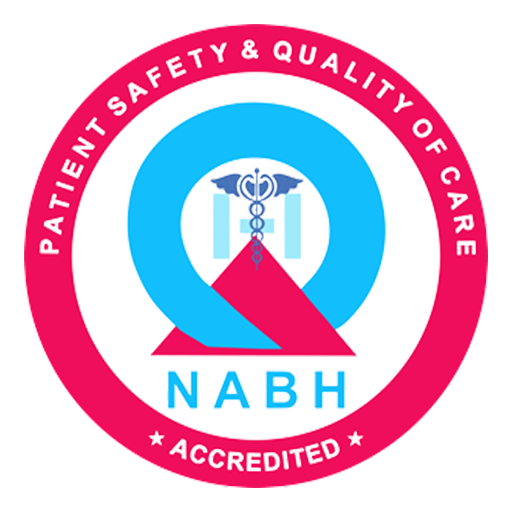Hemorrhoids, another name for piles, are a prevalent ailment that affects millions of individuals globally. They develop as a result of swelling and inflammation of the veins in the rectum and anus, which may cause pain, discomfort, and sometimes bleeding. The severity of piles might vary; therefore, it’s essential to comprehend each stage of the problem for efficient management and therapy. This article examines the symptoms, underlying causes, and potential treatments for piles in its first stage.
Identifying the Initial Phase of Piles
Known as the first or early stage, the first stage of piles often exhibits modest signs that are simple to ignore. However, awareness of these indicators may aid in early identification and timely action. The following are typical signs of piles in their first stage:
- Bleeding in the Rectal Area:
Rectal bleeding, usually seen as bright red blood on toilet paper or in the toilet bowl after a bowel movement, is one of the first indications of piles. The bleeding is often painless and may occur intermittently.
- Stitching and Sensitivity:
Because of the enlarged veins, patients may feel discomfort and itching in the anal area. The pain may intensify during or after bowel motions.
- Pain or uncomfort:
Even though pain is often not a noticeable aspect of the first stage of piles, some people may feel slight discomfort, particularly when sitting for long periods or having bowel movements.
- Sensation of Inadequate Removal:
Some individuals with early-stage piles may have a lingering feeling of fullness or pain after a bowel movement as if they haven’t completely emptied their bowels.
Causes of Piles in the Initial Stage
The following are frequent reasons for the initial stage of pile growth. However, there are other elements at play as well:
- Restricting During Discharge:
Inflammation and swelling of the veins in the rectum and anus may result from prolonged constipation or straining during bowel movements.
- Extended Standing or Sitting:
Long periods spent sitting or standing up at work or in other positions that impose strain on the rectal veins might raise the risk of piles.
- Bad Nutrition:
Constipation raises the risk of developing piles, and it may be caused by a diet heavy in processed foods and poor in fiber.
- Overweight:
Obesity and excess weight increase the strain on the abdomen and pelvis, which raises the possibility of piles.
- Being pregnant:
Due to hormonal changes that relax the veins and the developing uterus’s increased strain on the pelvic veins, pregnant women are more likely to develop piles.
Options for First-Stage Piles Treatment
ToEarly action is essential in managing the first stage of piles and stopping them from progressing to more severe stages. For mild instances of piles, the main goals of treatment are usually symptom relief and pain reduction. These might consist of:
- Dietary Modifications: Increasing the amount of fiber you eat by eating more fruits, vegetables, whole grains, and legumes can soften and facilitate the passage of stools, lowering your risk of straining and constipation.
- Topical Treatments: Hydrocortisone, witch hazel, or lidocaine-containing over-the-counter lotions, ointments, or suppositories might help reduce the itching, swelling, and pain of piles.
- Sitz Baths: To relieve itching, irritation, and pain, soak the anal region in warm water for ten to fifteen minutes multiple times a day.
- Stool Softeners: To facilitate bowel movements and lessen straining, stool softeners or mild laxatives may be used when constipation is a contributing issue.
- Lifestyle Changes: You may prevent and manage piles by implementing healthy behaviors like drinking enough water, avoiding extended periods of sitting or standing, and getting regular exercise into your daily routine.
- Medical treatments: In some situations, to treat chronic or severe cases of piles, medical therapies such as rubber band ligation, sclerotherapy, or infrared coagulation may be advised.
Conclusion
Mild symptoms like rectal bleeding, itching, and pain are typical of the early stage of piles and are often disregarded. However, early detection and treatment are crucial to stop this illness from progressing to more severe stages. People may take proactive measures to control their disease and enhance their quality of life by being aware of the signs, causes, and available treatment choices for the first stage of piles. It is advisable to seek advice and an appropriate examination from a Jain Surgical Hospital Best Surgical Hospital in Kota if symptoms do not improve or continue after trying conservative methods.
Understand the First Stage of Pile Formation
In the first stage of piles, also known as hemorrhoids, individuals may experience symptoms such as itching, discomfort, and minor bleeding during bowel movements. It’s crucial to address these symptoms early to prevent progression to more severe stages.




